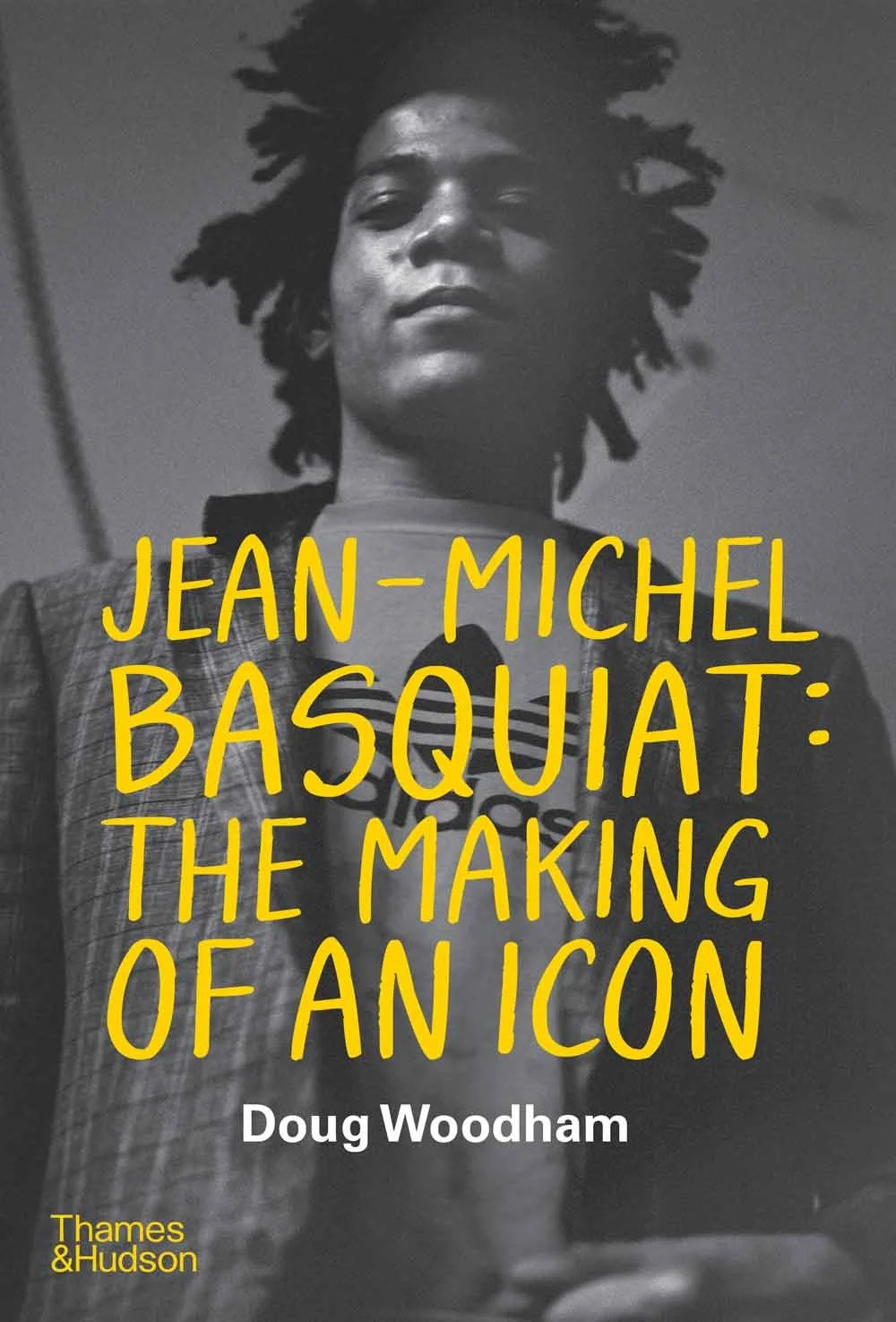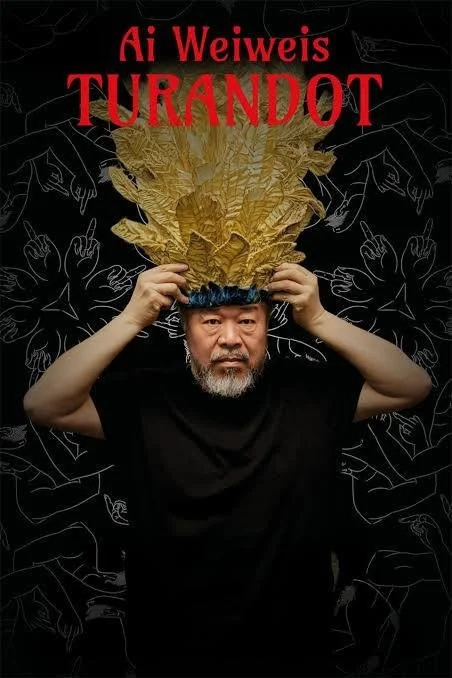Hollis Hammonds is a multimedia artist whose work, built on memory and utilizing evidence from the public collective consciousness, investigates social issues ranging from economic disparity and state violence to environmental degradation and human-made disasters. Her dystopian drawings and found-object installations have been widely exhibited throughout the US, including solo exhibitions at venues such as Women & Their Work in Austin, TX, Redux Contemporary Art Center in Charleston, SC, Dishman Art Museum in Beaumont, TX, and the Reed Gallery in Cincinnati, OH. Hammonds has been an artist-in-residence at McColl Center for Art + Innovation, the Ucross Foundation, Atlantic Center for the Arts, and the Helene Wurlitzer Foundation. Hollis is also part of the collaborative team Hammonds + West whose multimedia projects and exhibitions revolve around the theme of climate grief and making visible individual contributions to climate change. Hammonds is the author of Drawing Structure: Conceptual and Observational Techniques and has had her creative work featured in New American Paintings, Manifest’s International Drawing Annual, FOA (Friend of the Artist Magazine), Uppercase Magazine, LandEscape Art Review, and Art on Paper. @mynameishollis
How did the cultural landscape of Kentucky shape your creative vision? I was born and raised in Independence, KY in the uppermost part of the state near Cincinnati, OH. We lived on 2.5 acres in a semi-rural area on top of a hill. My backyard was a forest filled with piles of junk, old cars, and machinery. We were poor, although I had no idea until I was older and began to make friends with very different living situations. My parents were both creative. My father saved and repurposed everything--before recycling was cool. My mother painted as a hobby and eventually went to college in her 60s for an art degree. I also experienced extreme weather events including a tornado that ripped off the front porch of our trailer one year. When I was 15 our home burned to the ground leaving only piles of blackened debris. All of these were formative experiences that have shaped who I am, how I see the world, and my creative work.
What does art mean to you on a personal level, and how did that meaning influence your decision to dedicate yourself to being an artist? I don’t feel like it was ever a conscious choice. I was always drawing as a kid, and my parents supported my creativity through all types of making activities. I didn’t take an art class until High School, but I was lucky to have a supportive teacher who encouraged me further. I even was given an art scholarship but we couldn’t afford the other costs associated with going away to university, so I stayed at home and attended the local college. My first declared major in college was graphic design, but within one semester I switched to Art. It was clear to my faculty that I was an artist, and they encouraged me to follow that passion, although I always felt that a career as an artist was a lofty goal. Even after graduate school I still never referred to myself as an artist. It wasn’t until much later in life that I began to feel comfortable with that title. I believe that artists make culture. We also are critical of society, and all the aspects of the community in which we live. I can’t imagine a world without art. It is as integral to human survival as the oxygen we breathe.
What does your typical day in the studio look like? Walk us through your studio and your most used materials and tools. My husband and I recently built our dream studio in our home. Because there’s no separation between the living spaces and the studio, I’m always surrounded by my work. My daily routine includes playing records, organizing, sipping coffee, drawing, climbing the scaffold, moving things around, working on my computer, and drawing some more. Drawing itself is a chore and is often physically taxing, so I work in short spurts of 1-2 hours at a time, taking breaks, and repeating the process. At the end of a long day in the studio, I typically feel an intense level of discontent with my work, but in the morning, with fresh eyes, I see the potential in where I’m headed. I do see my practice as a job, and so it is rarely a fun or leisurely experience. The materials used in the studio are wide-ranging. Drawing tools include ink, brushes, litho crayons, markers, and chalkboard paint. I also collect and create assemblages, sculptures, and installations from found and recycled materials. I also spent a year exploring eco-art materials, producing my own hand-made paper, charcoal, carbon ink, and other earth pigments for inks and paints.
What projects are you at work on at the moment? And what themes or ideas are currently driving your work? I’m currently finishing a large-scale installation for The Grace Museum in Abilene, TX. This massive project includes 66 linear feet of drawings that are 10 feet tall, arranged in the form of a circular space that viewers will be able to enter. The hand-drawn panels of plants, trees, and green roofs are inspired by Texas native plants and landscapes, combined with themes of environmental degradation and potential restoration. For the last 10-15 years my work has been grounded in themes of consumerist culture, natural disasters, and human-made tragedy. In 2019 I began a collaboration with environmental poet Sasha West.
What do you hope people feel when they experience your art? What are you trying to express? As Hammonds + West we have produced several solo exhibitions exploring climate grief while bringing into question our own contributions to the current environmental crisis. Combining images with poems, video, sculptural installations, and sound, we create experiential installations that engage viewers on a visceral level, in an attempt to engage them in questioning their own impacts on the environment. This newest project, however, is based on the idea of "The Great Turning." Through this new body of work, we hope to offer pathways for thinking about an environmental future filled with reclamation, restoration, and positive growth. Of course, this is a difficult position to embody in our tumultuous world today.
Are there figures in the art world—historical or contemporary—you’d like to meet? Anselm Kiefer, Kara Walker, William Kentridge, Robert Rauschenberg
Do you draw inspiration from music, art, or other disciplines? Working with a poet was a natural fit for me. I've often been inspired by writers and poets. My collaboration with Sasha is fluid. Her writings inspire me to make drawings, and my drawings inspire her to compose new poems. We are often making and writing simultaneously based on discussions we've had, leading to new bodies of work.
A great thing about living in my Austin is…
that it truly is a hub for creativity and innovation. It is an environmentally friendly city as well, or at least it tries to be. Almost everyone I know is an artist, designer, writer, musician, academic, or student. Being in such a beautiful and vibrant city filled with creatives is fun but also reassuring in a world filled with so much divisiveness and social unrest.
Can you describe a project that challenged you creatively or emotionally—and how you worked through it? In 2017 I created a work called "Domestic Brutality" in response to the George Floyd murder and subsequent protests. The work was for an exhibit called "What a Bloody Mess" at grayDUCK gallery in Austin, TX with artists Jenn Hassin and Claude van Lingen. All of our works addressed current social problems. I was originally making drawings of protests, but the work began to lean heavily toward representations of police brutality. The final work, a wall installation picturing scenes of police arrests juxtaposed with pastoral scenes of plants and sheep were painted onto a wall which became the backdrop for blackened household objects and furniture that were mounted to the wall. For me, it was difficult to find the balance between beauty and the raw political content. My goal was to present a scene that felt familiar, even beautiful--a decorative display of an Americana-inspired home where the tragedies in the real world are represented as part of the wallpaper in our daily domestic lives. Making this work was emotionally taxing, but led me to become a volunteer and artist-in-residence with the Texas After Violence Project for several years.
Tell us about important mentors in your life. There have been so many important mentors in my life. My highschool art teacher, Linda Whittenburg helped me to see a future in the arts. Kevin Booher, my professor and mentor in undergrad supported my exploration of personal themes and figurative drawing, and also sparked my interest in teaching which led me to go to graduate school at the University of Cincinnati. There I worked with Tarrence Corbin, an accomplished hard-edged African American painter. He further supported my growth as both an artist, activist, and educator.
Sustainability in the art world is an important issue. Can you share a memory or reflection about the beauty and wonder of the natural world? Does being in nature inspire your art or your process? I've been reflecting a lot lately on how connected I was to nature as a child. I spent hours daily playing outside in the woods behind my childhood home. As I grew older and developed new interests in art and dance, I stopped going outside to just play and somehow lost that childlike love of playing make-believe in forest. It wasn't until more recent years that I've been building and developing a conscious and emotional connection with the environment. My work began to more directly address human impacts on nature, and sustainability as a way of thinking and making became a greater concern. Linda Weintraub's writings on environmental art also sparked my curiosity to dig deeper. I taught an "Eco-Art and Action" freshmen seminar class a few years ago, and for my recent academic sabbatical I chose to focus my research on carefully observing the visible impacts of human-kind on nature while also exploring eco-art materials and sustainable studio practices.
How do you see the future of creativity evolving alongside AI or Automation? What is the importance of human art and handmade creative works over industrialized creative practices? I'm definitely interested in understanding how AI works and where we are headed in general as a technologically-mediated society. I'm also someone who believes in the power of the hand of the artist. In drawing there is an intimacy that is revealed in mark-making for instance that can never be duplicated by AI-generated imagery that simply mimics style. The imperfection of the hand is a critical component of an artform that can reflect the fragility found in nature and the intrinsic flaws of humankind. I'm also excited to be starting a new teaching position at a top research institution this fall where AI, AR, VR, UIUX, and computer-generated technologies are studied, created, and questioned. I'm excited to be an art faculty in a school with designers, programmers, computer scientists, dancers, musicians, animators, and so on. I think engaging in the spaces where the fine arts might have some influence over future tech is exciting. Who better to question the ethics of these new technologies than artists who are constantly questioning both culture and society.
Please finish this sentence:<br>Exploring ideas, art and the creative process connects me to…: Exploring ideas, art and the creative process connects me to others. I believe that I have more empathy because I'm an artist. Creativity is found in questioning, evaluating, critiquing, experimentation, and failure. As artists we need to be flexible, able to move beyond our current knowledge or opinions, to find new solutions to problems we often set ourselves. The more mature my work becomes, the more vulnerable I am and the more I'm able to connect with others.



















































































